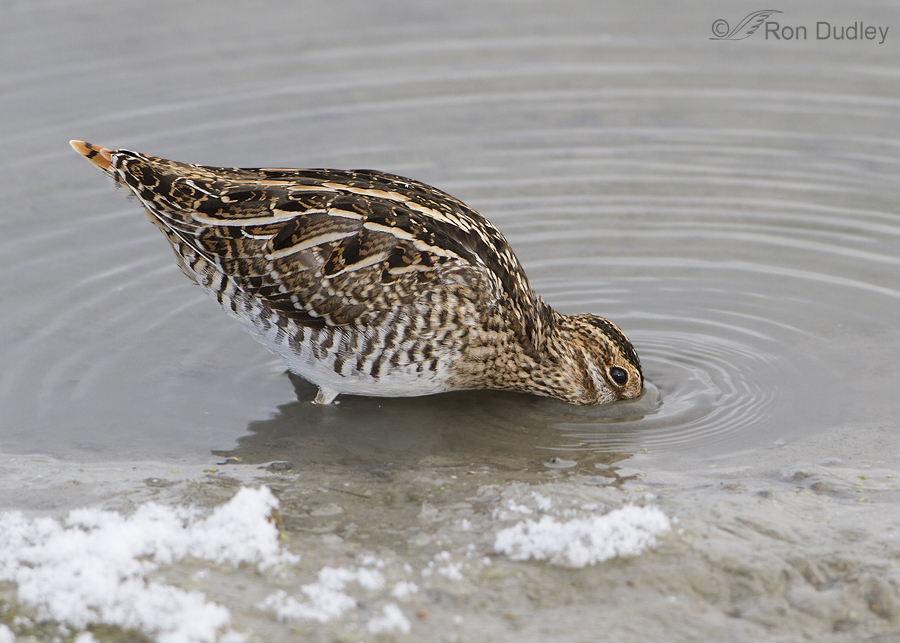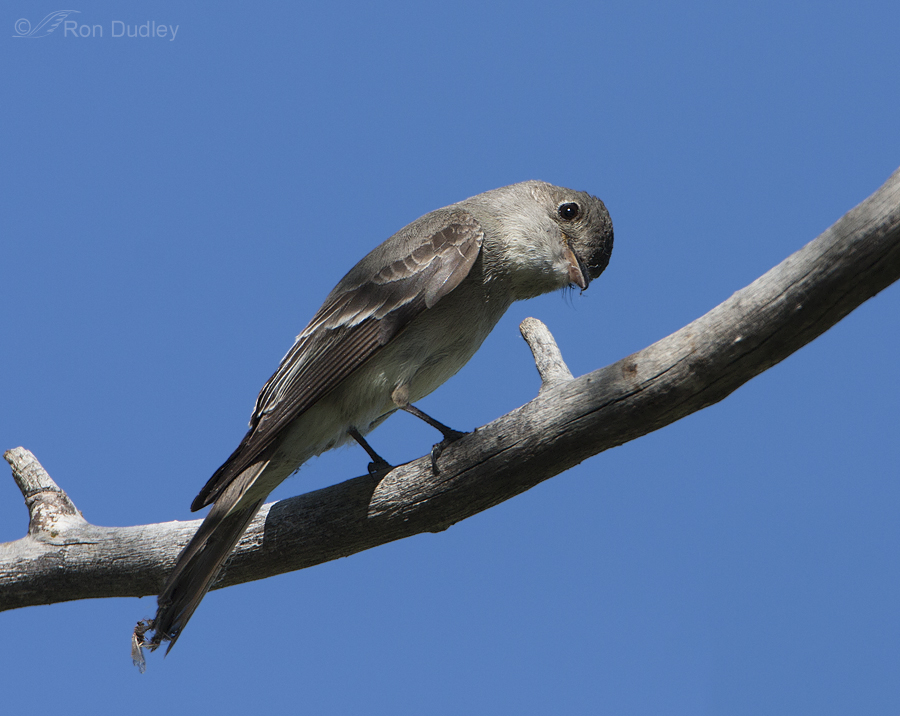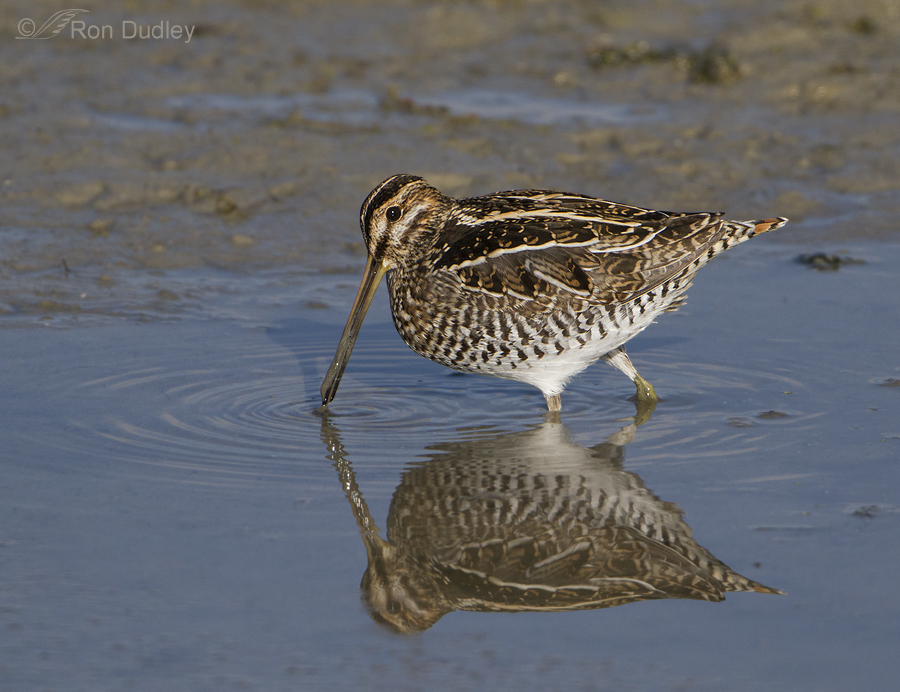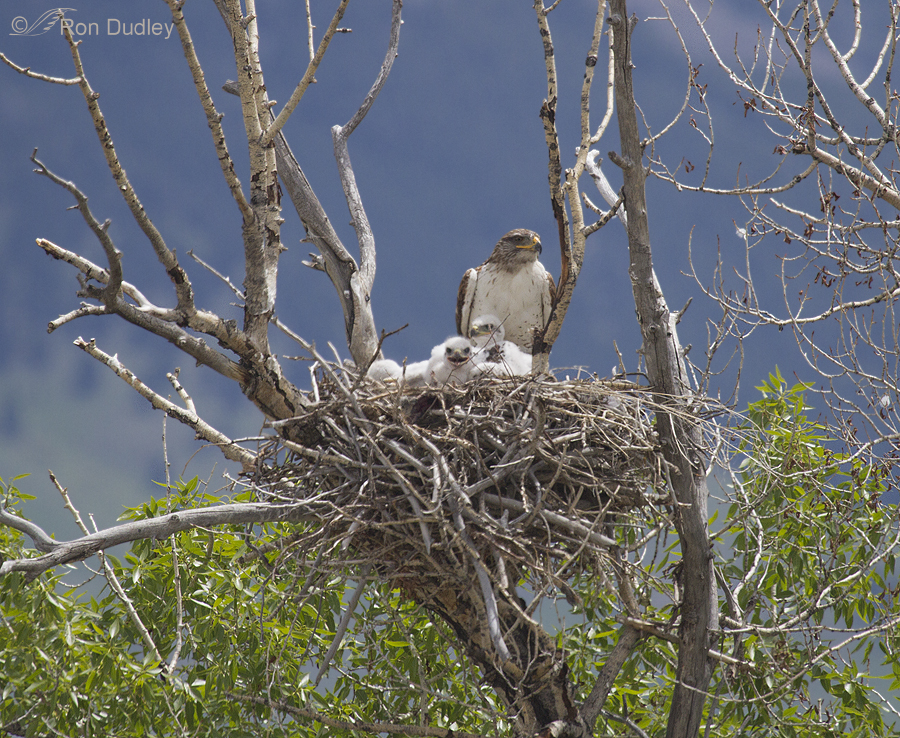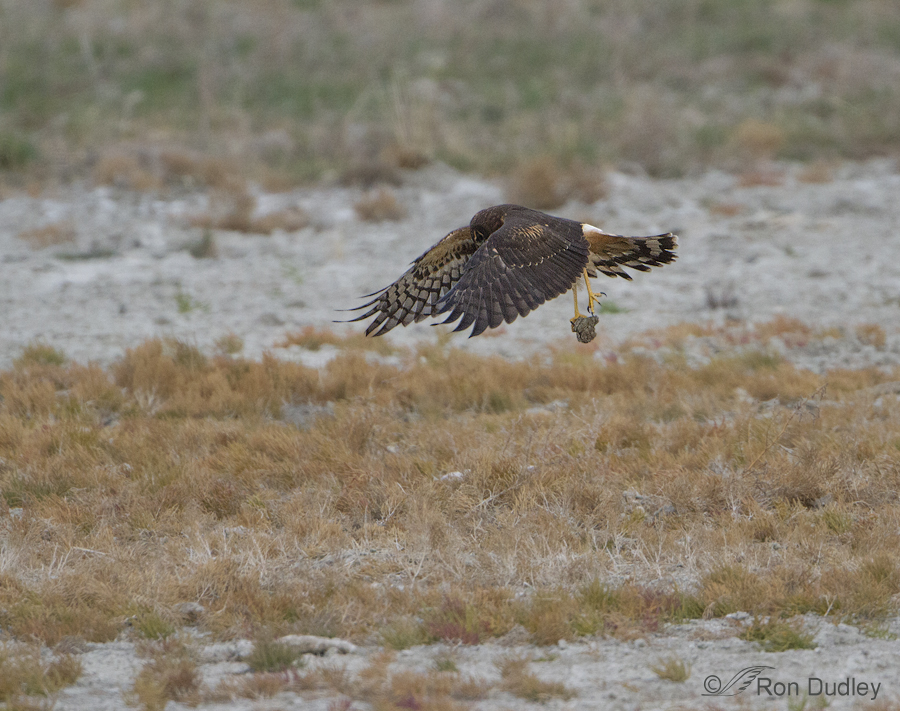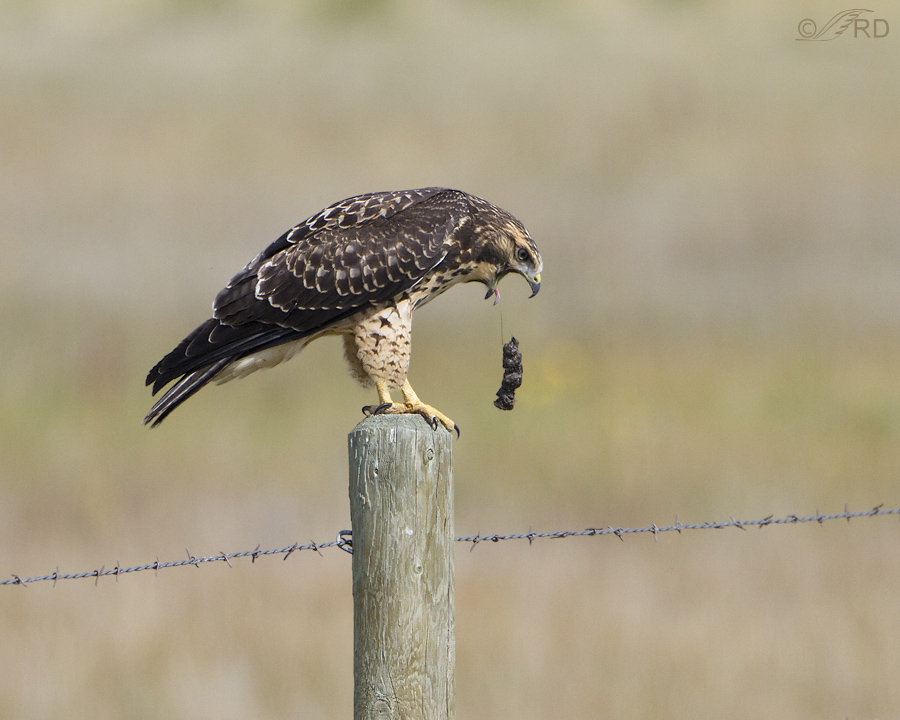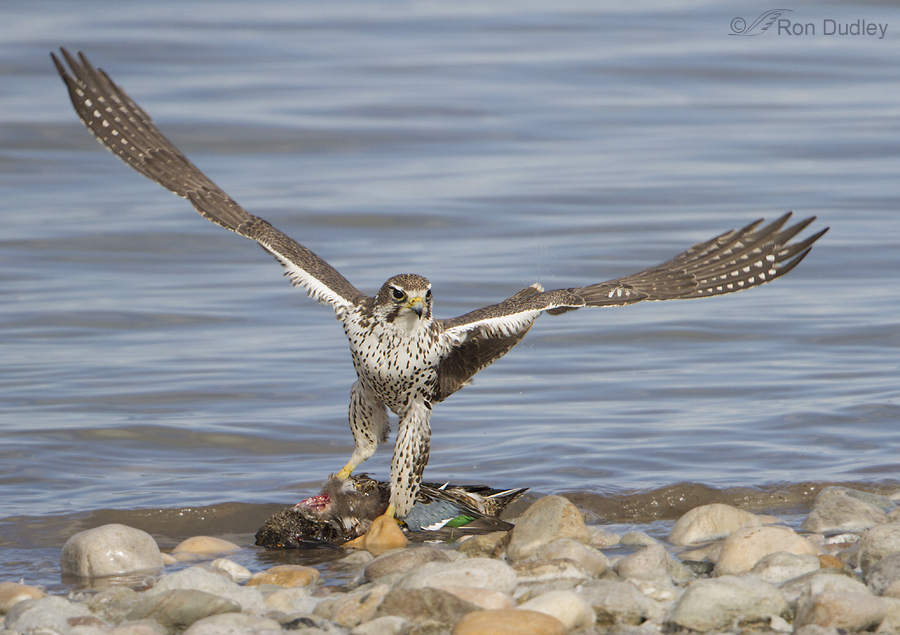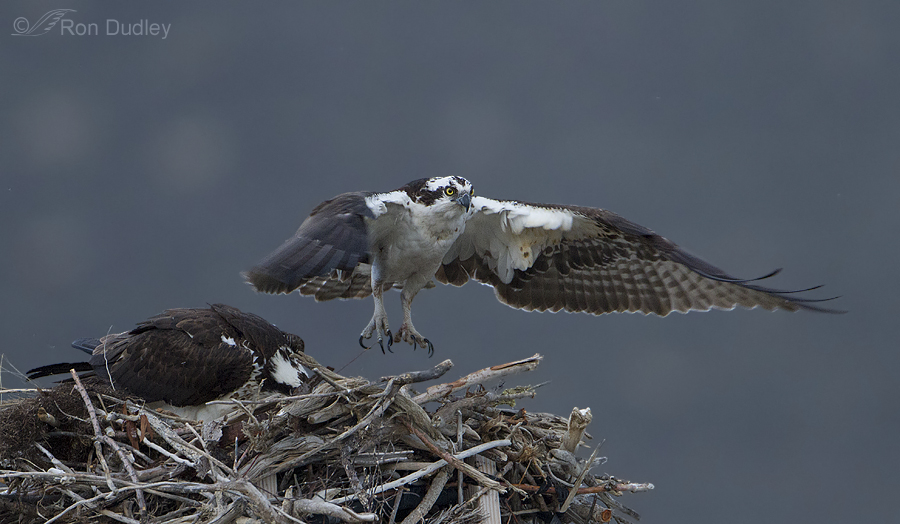Category: Behaviors
A Fly Turns The Tables On A Flycatcher
Magpie With Nesting Material In Flight
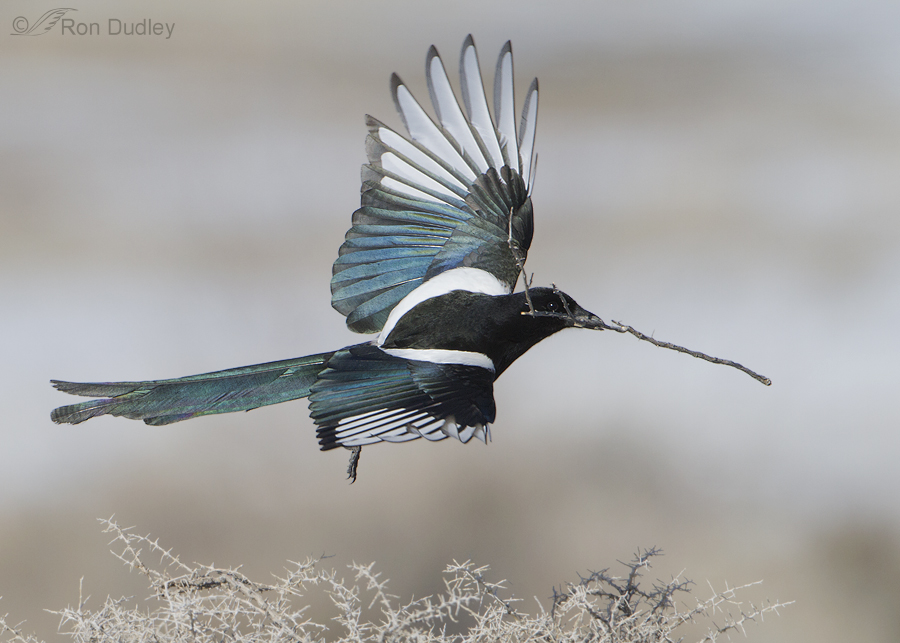
One of the reasons I like to see iridescence in Black-billed Magpies is that it brings out detail in those areas of the deep blacks where you normally don’t see any. Flight shots are inherently more difficult than static shots but ironically I find it easier to get the iridescence to show in flight than I do when they’re perched.
Wilson’s Snipe
Ferruginous Hawk Nests
Northern Harrier “Playing”
Short-eared Owls And The “Handedness Phenomenon”
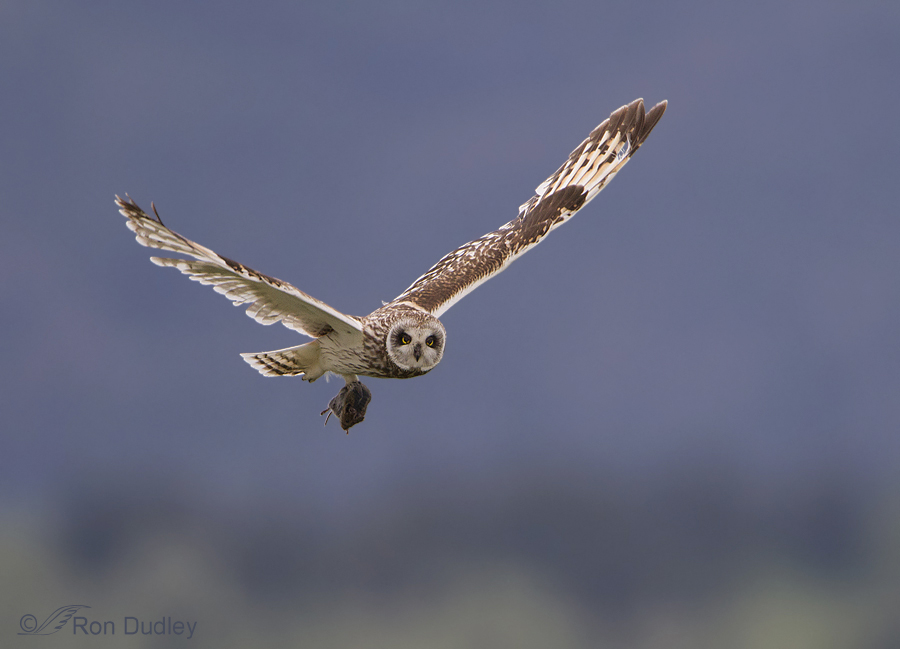
Handedness is a preference for using one hand (or limb) as opposed to the other. It’s a phenomenon many of us associate strictly with humans but other vertebrates can also show handedness, including birds. For example, many parrot species have a strong and consistent preference for using their left foot when bringing food to the beak.
Based on my own observations in the field I believe that Short-eared Owls may also display handedness.
Fighting Harriers
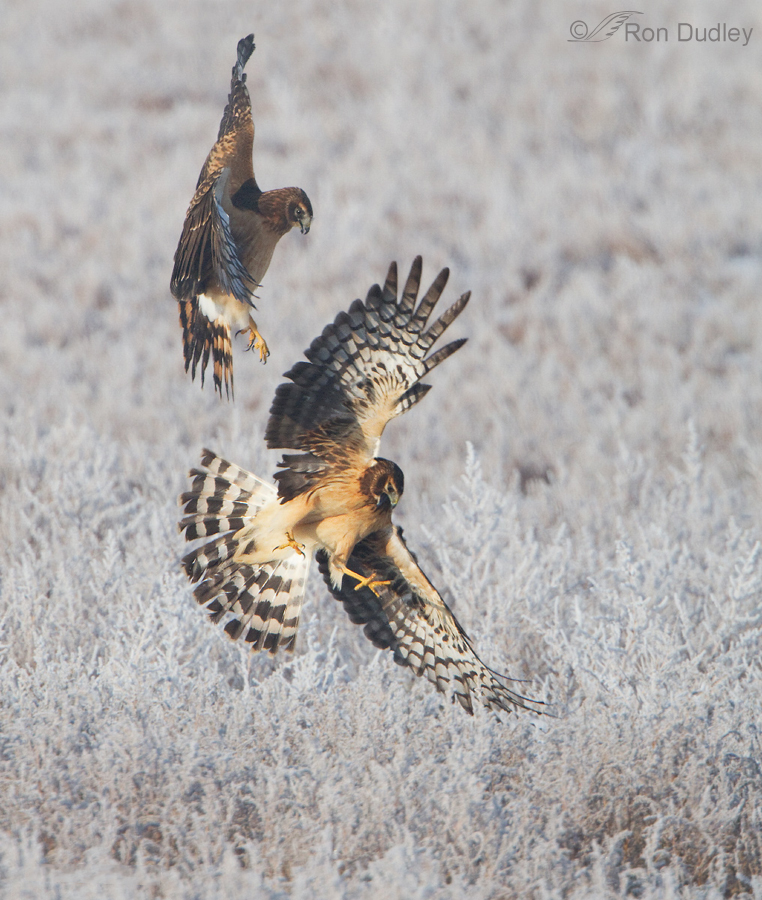
The seriousness of confrontations between Northern Harriers varies with the situation. Conflicts over food, especially during harsh winters, can be intense and dramatic but they often seem to spar with each other just for the “fun” of it. I’ve often seen and occasionally photographed both extremes of aggressive behavior.
The Interdependence Of Short-eared Owls And Voles
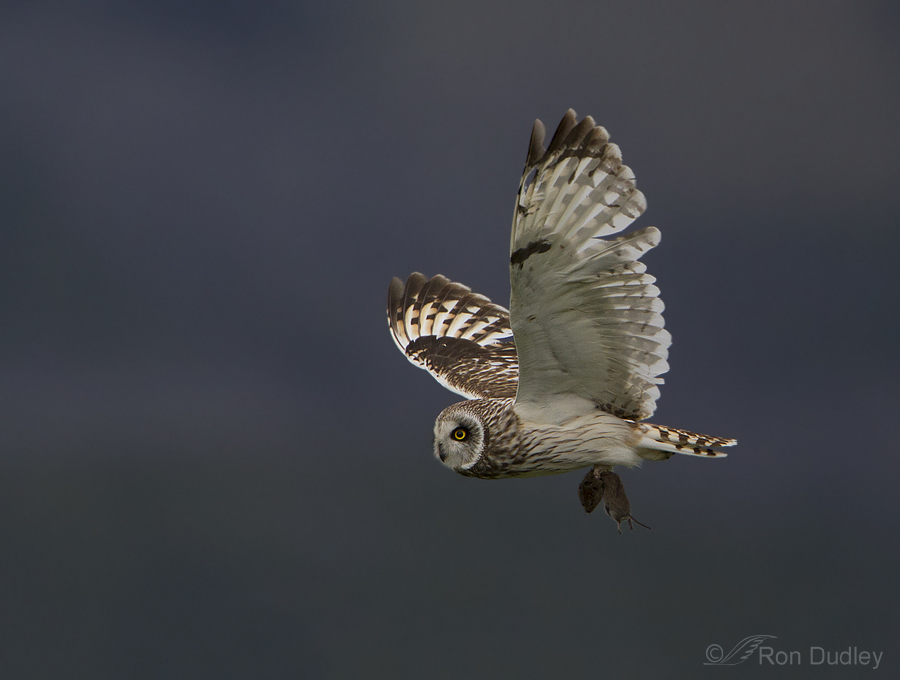
Though Short-eared Owls are one of the worlds most widespread owls, the species is highly dependent on the density of its small mammal prey, voles in particular. Since vole populations fluctuate wildly, Short-eared Owls show significant local variation in numbers and reproductive success from year to year.
Bald Eagle Potpourri
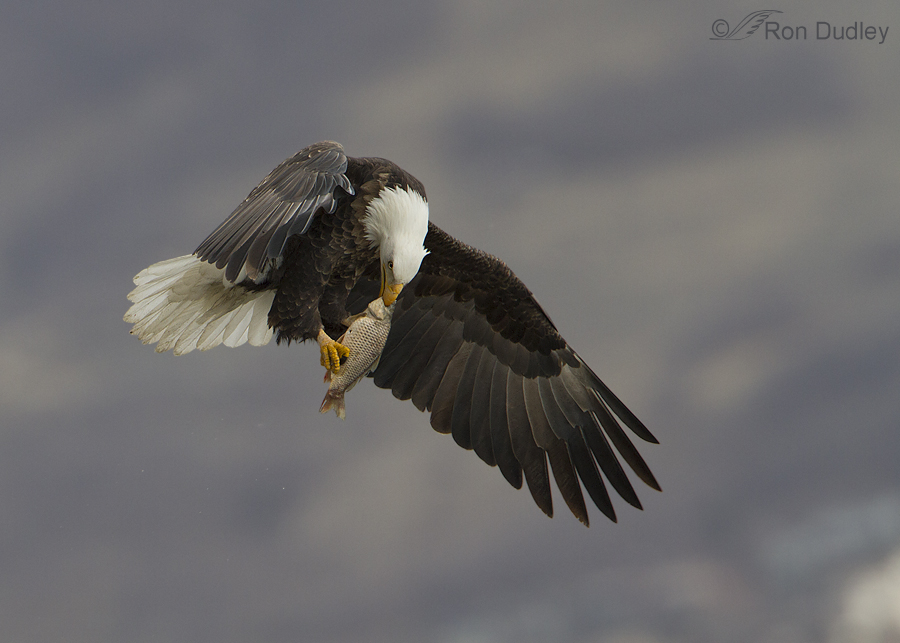
Yesterday morning I saw my first Bald Eagle of the season at Farmington Bay. It was too far away for even mediocre images but it was there! We have a small number of resident eagles in northern Utah but those few birds normally don’t hang out at Farmington this early in the season so I’m not sure if it was a wandering resident or an early migrant. Either way it was a delight to see.
As a result, when I began thinking about today’s post my mind kept returning to eagles so I thought I’d present several images taken at Farmington two winters ago.
Anticipating Raptor Take-off
Prairie Falcon – A Fascinating Hunting Strategy
Osprey Behavior – Something I Hadn’t Noticed Before
Red-tailed Hawk Versus Northern Harrier – Aerial Confrontation
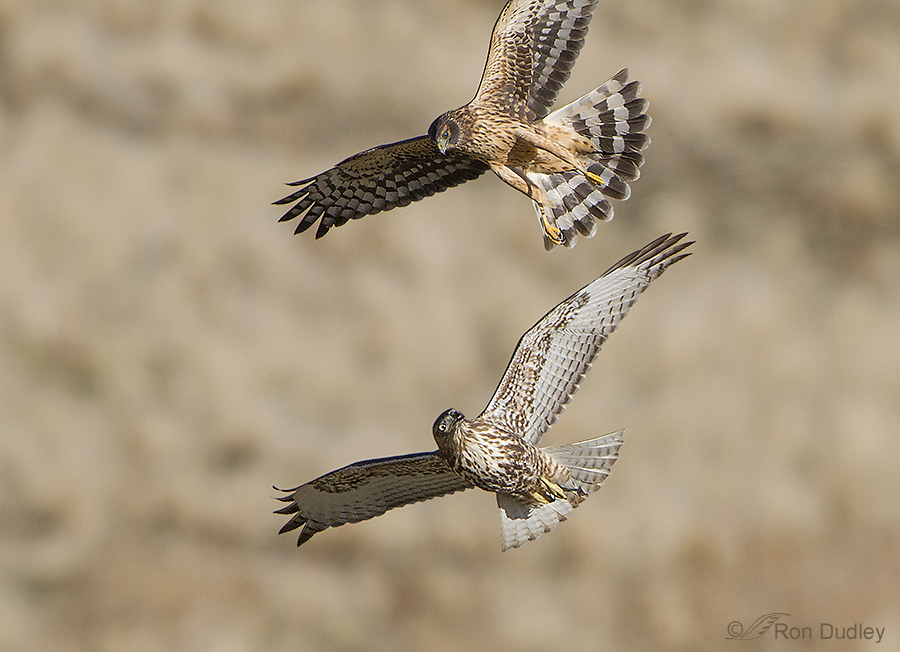
Northern Harriers are well-known for aggressive behavior toward larger raptors intruding on their territory but seldom chase off raptor species smaller than themselves. This interesting behavioral quirk apparently results from the ability of harriers to steal food from smaller raptors. It’s easier to pilfer prey from a smaller species than it is to catch it yourself so harriers let them hang around.
Plumage Development Stages Of Male Mountain Bluebirds
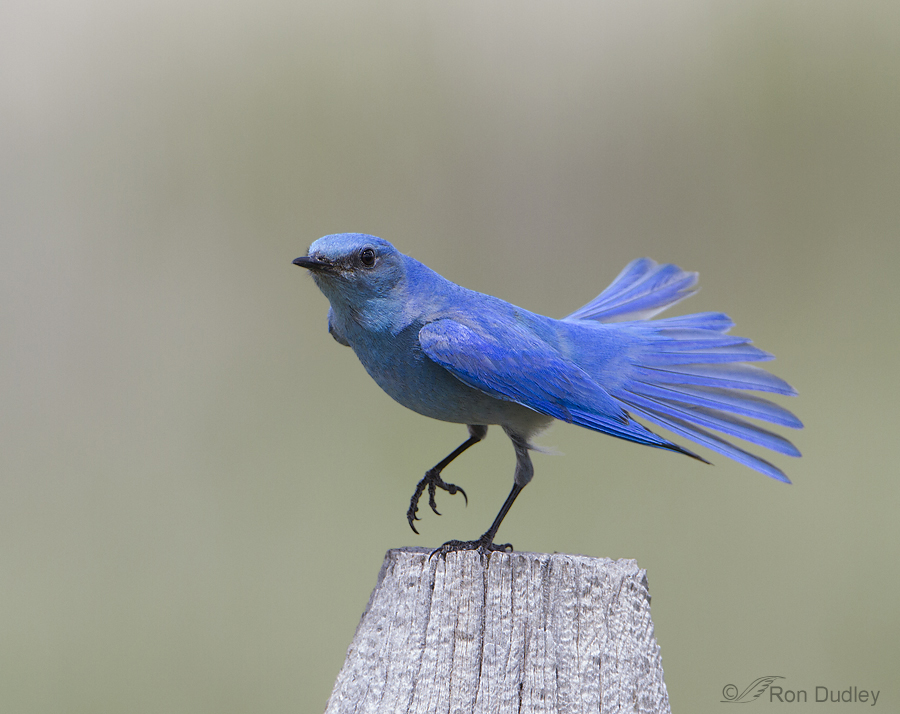
While photographing a juvenile male Mountain Bluebird in Montana last week I was struck by the interesting variation in color and patterns of the adult male in breeding plumage as compared to those of the juvenile male. I thought some viewers might be interested in a photographic comparison of some of their development stages.
A Fly Turns The Tables On A Flycatcher
Magpie With Nesting Material In Flight

One of the reasons I like to see iridescence in Black-billed Magpies is that it brings out detail in those areas of the deep blacks where you normally don’t see any. Flight shots are inherently more difficult than static shots but ironically I find it easier to get the iridescence to show in flight than I do when they’re perched.
Wilson’s Snipe
Ferruginous Hawk Nests
Northern Harrier “Playing”
Short-eared Owls And The “Handedness Phenomenon”

Handedness is a preference for using one hand (or limb) as opposed to the other. It’s a phenomenon many of us associate strictly with humans but other vertebrates can also show handedness, including birds. For example, many parrot species have a strong and consistent preference for using their left foot when bringing food to the beak.
Based on my own observations in the field I believe that Short-eared Owls may also display handedness.
Fighting Harriers

The seriousness of confrontations between Northern Harriers varies with the situation. Conflicts over food, especially during harsh winters, can be intense and dramatic but they often seem to spar with each other just for the “fun” of it. I’ve often seen and occasionally photographed both extremes of aggressive behavior.
The Interdependence Of Short-eared Owls And Voles

Though Short-eared Owls are one of the worlds most widespread owls, the species is highly dependent on the density of its small mammal prey, voles in particular. Since vole populations fluctuate wildly, Short-eared Owls show significant local variation in numbers and reproductive success from year to year.
Bald Eagle Potpourri

Yesterday morning I saw my first Bald Eagle of the season at Farmington Bay. It was too far away for even mediocre images but it was there! We have a small number of resident eagles in northern Utah but those few birds normally don’t hang out at Farmington this early in the season so I’m not sure if it was a wandering resident or an early migrant. Either way it was a delight to see.
As a result, when I began thinking about today’s post my mind kept returning to eagles so I thought I’d present several images taken at Farmington two winters ago.
Anticipating Raptor Take-off
Prairie Falcon – A Fascinating Hunting Strategy
Osprey Behavior – Something I Hadn’t Noticed Before
Red-tailed Hawk Versus Northern Harrier – Aerial Confrontation

Northern Harriers are well-known for aggressive behavior toward larger raptors intruding on their territory but seldom chase off raptor species smaller than themselves. This interesting behavioral quirk apparently results from the ability of harriers to steal food from smaller raptors. It’s easier to pilfer prey from a smaller species than it is to catch it yourself so harriers let them hang around.
Plumage Development Stages Of Male Mountain Bluebirds

While photographing a juvenile male Mountain Bluebird in Montana last week I was struck by the interesting variation in color and patterns of the adult male in breeding plumage as compared to those of the juvenile male. I thought some viewers might be interested in a photographic comparison of some of their development stages.


